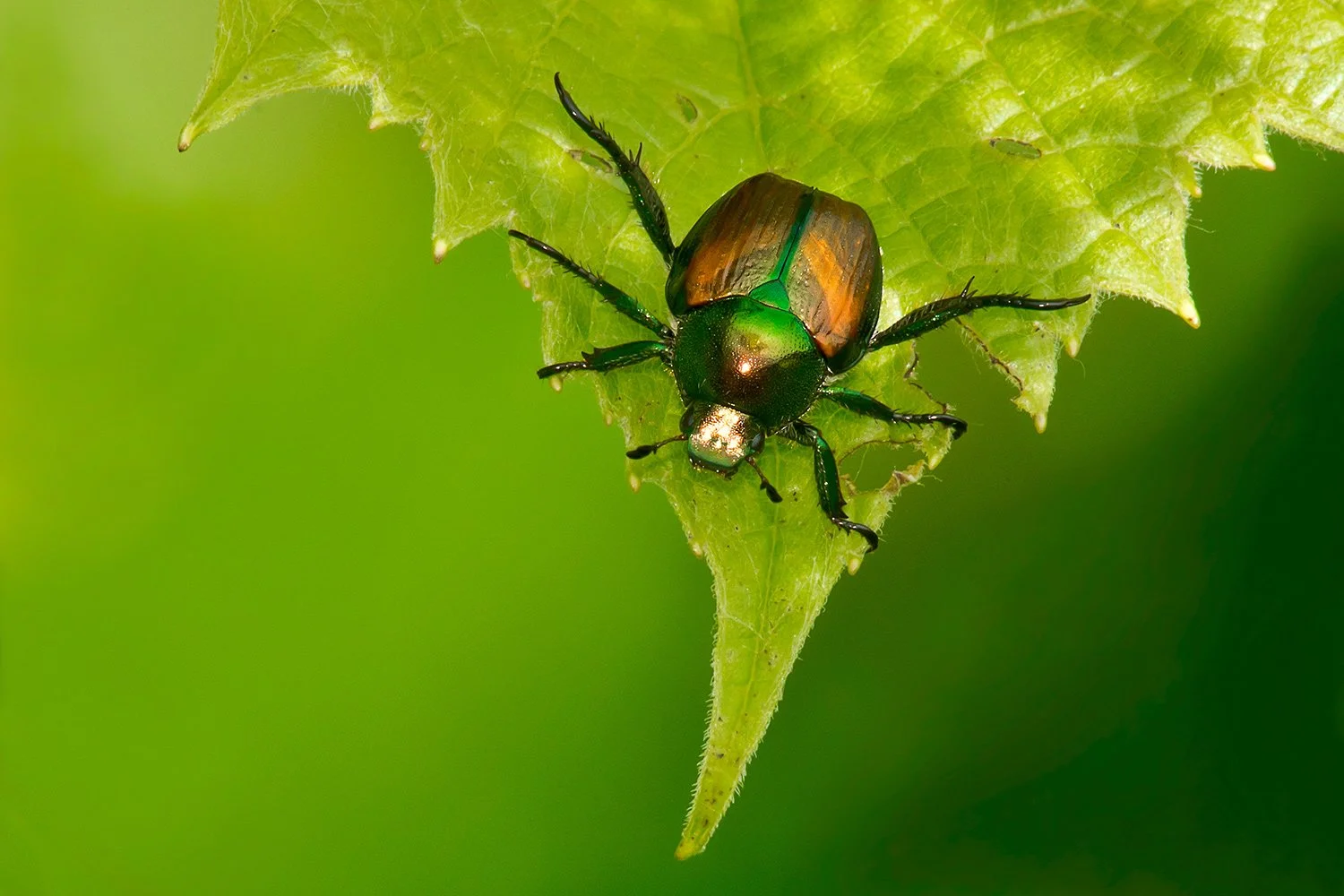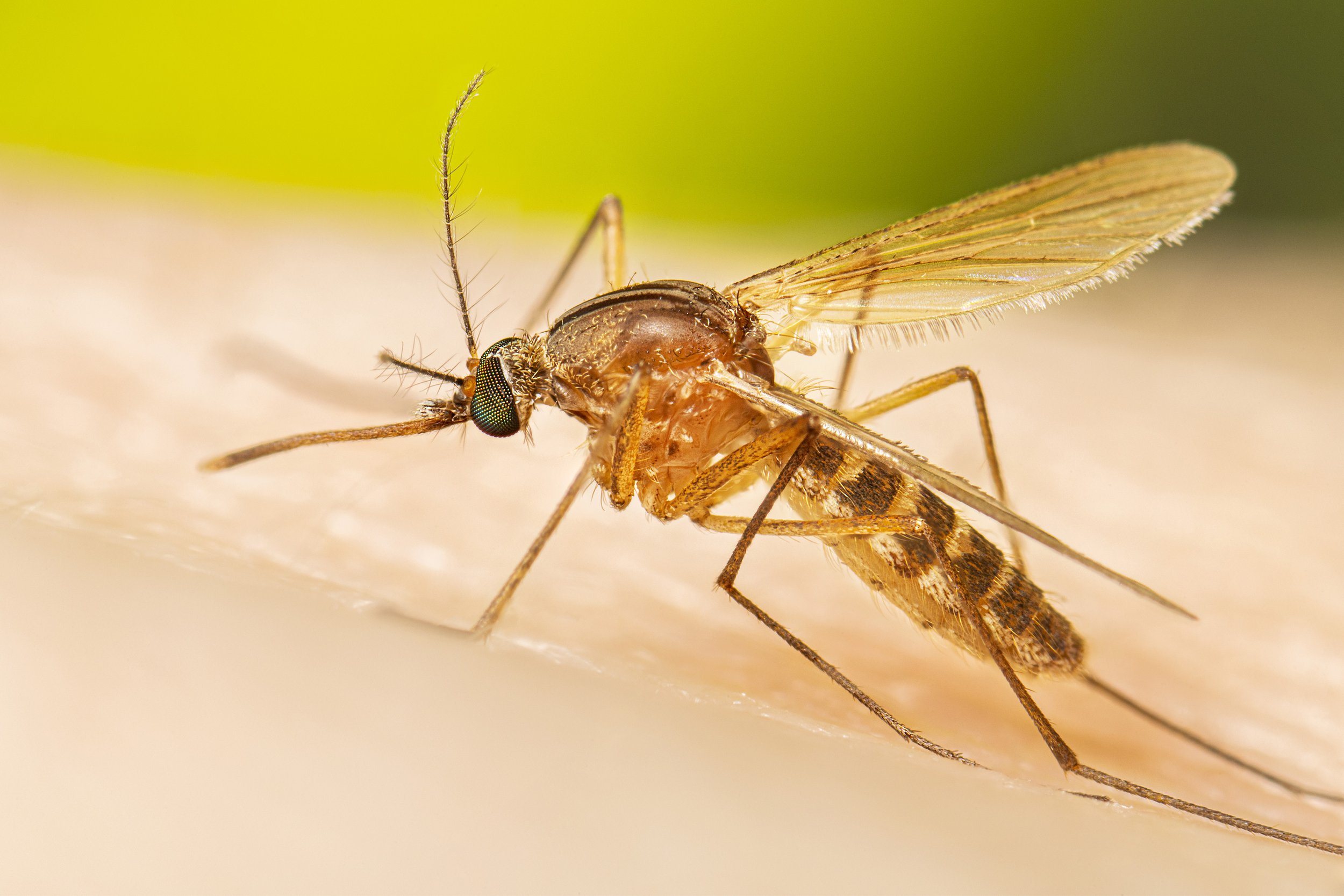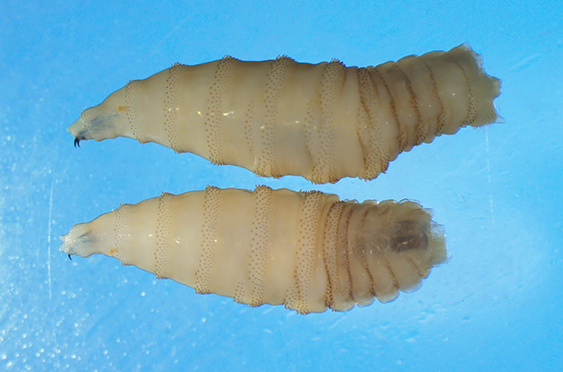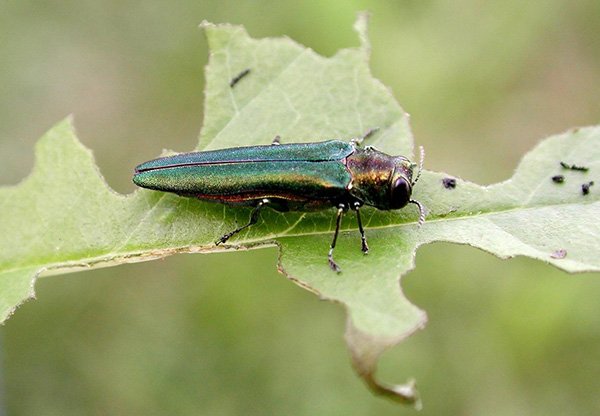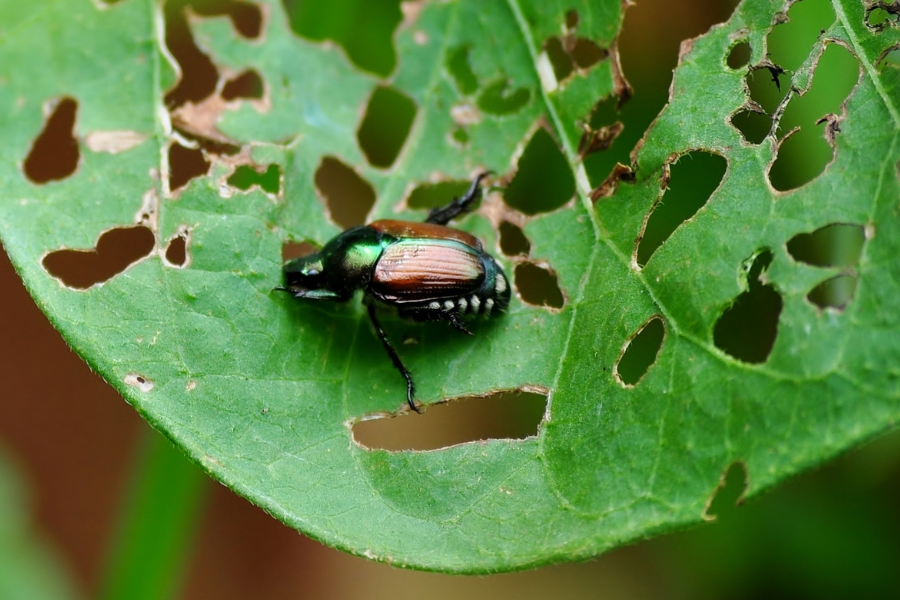
Invasive Pests
Invasive pests can be detrimental to agriculture and ecosystems. Invasive species - both vegetation and wildlife - cost over $200 billion yearly for management and damage caused. It is vital to be aware of invasive species that may be present in your area to report them, treat your land, and prevent their spread. Different pests require different remedies, such as companion planting with pest-repellent plants, attracting beneficial insects, conducting research into possible repellents or insecticides, collaborating with local organizations and resources for best practices, utilizing natural predators, and more.
Explore this page to learn more about local pests, best pest management, and resources for more information.
Japanese Beetle
Japanese Beetles are invasive pests capable of major vegetation and crop destruction that were found in Mesa Conservation District in the summer of 2022. Japanese beetle adults are voracious feeders and cause significant damage to over 300 different plant species found in our landscapes and agricultural areas.
There is a strong effort being made to eradicate the pest and prevent its spread, with Mesa County reporting, “In 2024, the County treated 1,428 acres of turf, a notable increase from 1,200 acres in 2023. This proactive approach led to an 86% decrease in Japanese Beetle captures — from 5,716 in 2023 to 830 in 2024. The effort, supported by the Colorado Department of Agriculture and the Colorado State University Extension Office, focuses on targeted trapping, spraying, and containment. Data indicates that most beetle captures occurred within defined treatment zones, confirming that current strategies are effective in limiting the pest’s spread.”
Please continue to be diligent with awareness of local invasive species and best practices to avoid spread and to report as needed.
Grasshoppers & Crickets
Of the over 400 species of grasshoppers found in the Western United States, only about 12 species are considered a pest. Grasshoppers cause the most damage during population booms. When their populations reach outbreak levels, they cause serious economic and environmental damage.
Grasshoppers are difficult pests to control because they are highly mobile.
The Mormon cricket is the only katydid species known to hatch outbreak populations in the United States.
Grasshoppers can be repelled with some natural repellents, including garlic or vinegar spray, or can be controlled by having birds on your property as they are a natural prey to birds.
Mosquitoes
Mosquitoes are a common annoyance to many and, as they breed in stagnant water, they are very prevalent throughout the warmer months of the year, especially close to water.
Some practices to control mosquito populations can include decreasing or eliminating any standing water on your property or putting up bat boxes. Bats are a super useful animal in insect control, especially mosquitoes, as on average they eat about 1,000 insects per hour. Mosquitoes are not only an annoyance, but bites can spread disease and cause health issues.
More Pests to be Aware of:
Click the links below for more information.
Resources
Click the links below for more information.

